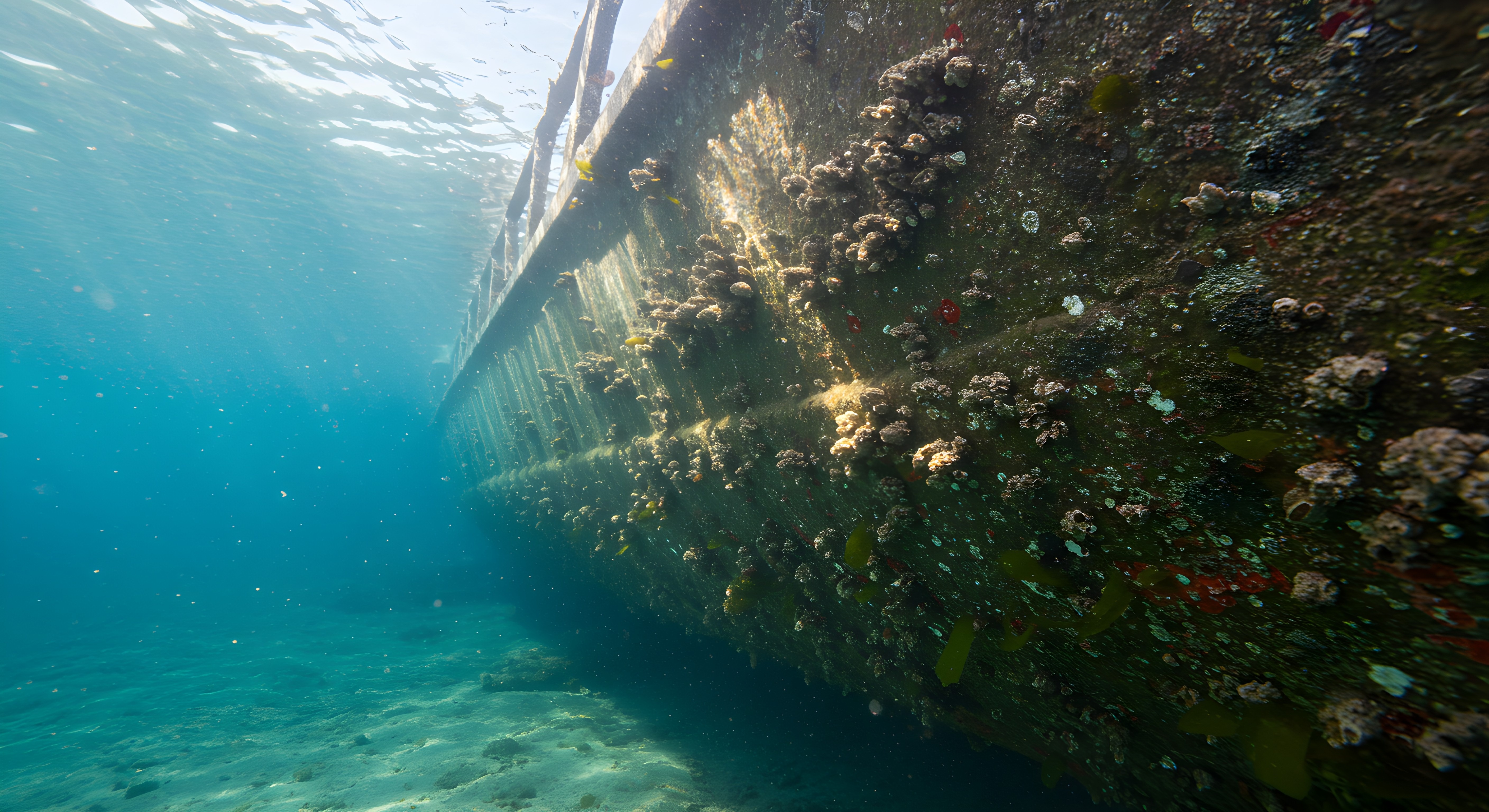The Club has extensive experience in the handling of cargo damage claims involving soybeans. The main purpose of this article is to share on a high-level basis the main issue the Club assesses when handling soybean damage claims.
The carriage of soybeans is a standard and well-established type of trade, involving huge volumes of cargo, within South America, and from South America to other parts of the world. The same can be said in relation to the soybean trade within North America, and abroad from North America. Soybeans are often harvested in remote areas of the continent, requiring two stages of transportation to market: first, for the cargoes to reach coastal ports, they are carried on in-land waters, mainly rivers and sometimes lakes, on board barges forming convoys or flotillas, which are pushed by tugboats, or by land haulage; and second, to reach their final destinations, they are carried on board seagoing vessels.
A heat and moisture sensitive cargo
The main destination for South American soybean exports is the Far East. While carrying out the first stage of transportation in the southern hemisphere’s summer (December to March), the soybeans are exposed to adverse conditions from both weather and navigational challenges. Those adverse conditions affect the carriage of soybeans within the Hidrovia Parana-Paraguay, which is the main waterway system that makes it possible for most types of cargo to reach the ocean from the remote harvesting areas of southern Brazil, northern Argentina, Paraguay and Bolivia. Brazil is the largest exporter of soybeans in South America and its exports are expected to increase substantially in 2025 (see Proinde).
High temperatures and heavy rain in summer may affect the condition of soybeans. In addition, the duration of the journey may vary as the river tide fluctuates rapidly in the summer, causing delays as convoys or flotillas make stops to wait for better conditions to continue with the journey. Soybeans are a time-sensitive type of cargo which must be carried within a specific transit time.
Prolonged exposure to adverse conditions during carriage may result in damage to soybean cargoes, leading to large and complex cargo damage claims. According to the Club’s Safety and Risk Management division, “[t]he main types of cargo damage in the Brazil-China trade include mould and self-heating, wet damage and heat damage due to hot surfaces such as fuel tanks and engine rooms... As per the Club’s experience, heat damage can sometimes occur on board the vessel, while mould, self-heating, and wet damage are often a characteristic of the cargo.” (See Navigating the risk of Soybean Transportation – UK P&I)
Common causes of cargo damage
From a claims-handling perspective, the most common issues with respect to soybean damage claims in this trade are:
- Whether the damage to the soybean cargo arose from microbiological self-heating.
When it comes to considering self-heating as a cause of damage, the question becomes whether self-heating can be attributed to the shipper as inherent vice. The carrier under the bill of lading would usually reject liability and defend itself alleging a pre-shipment condition which would have caused the soybeans to deteriorate during the voyage. “Soybeans, which have a high oil content, are prone to self-heating under certain conditions. When moisture and temperature levels are optimal, mould can grow and raise the temperature of the beans. This results in the breakdown of the oil, causing further self-heating and deterioration.” (See Navigating the risk of Soybean Transportation – UK P&I). Furthermore, the self-heating of soybeans could be potentiated by lengthy river or land transit times. Self-heating amounts to the Hague Visby Rules’ complete defence of inherent vice.
- Whether damages to the soybean cargo arose from the unfitness of the holds’ hatch covers.
The receivers would usually hold the carrier liable under the bill of lading for the unseaworthiness of the ship; for example, issues with hatch covers allowing outside water ingress to the holds could amount to the unseaworthiness of the ship. “Proper maintenance of hatch covers is essential in preventing wet damage to soybeans during transportation. Leaking hatch covers can allow water to enter the cargo hold, leading to mould growth that can negatively impact the quality of the soybeans.” (See Navigating the risk of Soybean Transportation – UK P&I).
- Whether the damage to the soybean cargo stemmed from the carrier’s negligence in taking care of the cargo during the voyage.
Another common ground for the carrier’s liability is the breach of the carrier’s obligation of due diligence to take care of the cargo during the voyage by, for example, failing to open the hatches to ventilate the holds when the outside temperature fluctuates rapidly from cold to heat, causing ‘ship sweat’ or condensation of the hatches, which can cause water droplets from the hatch to fall on the cargo or increased moisture within the hold.
The Club’s Safety and Risk Management division has published best practices for the carriage of soybeans (see Carriage of Soybean Cargoes – UK P&I), which provide key guidance to minimize or avoid soybean damage claims.
What to do if cargo is damaged
Finally, it is highly recommended to take action to investigate the cause of the damage to a soybean cargo as soon as the damage is reported at the destination. The Club will assist the Member with appointing suitable surveyors, as it is crucial to determine the actual cargo conditions so that proper evidence is gathered to ascertain the cause of the damage. The Club’s network of correspondents is well equipped with knowledgeable surveyors and experts to assist from the outset of a cargo damage incident. Where the soybean damage incident requires a deeper investigation, it is advisable to obtain specialized advice: Brookes Bell’s (https://www.brookesbell.com/) team of agricultural experts can carry out an on-site investigation or a post-facto documentation or table-top assessment.




